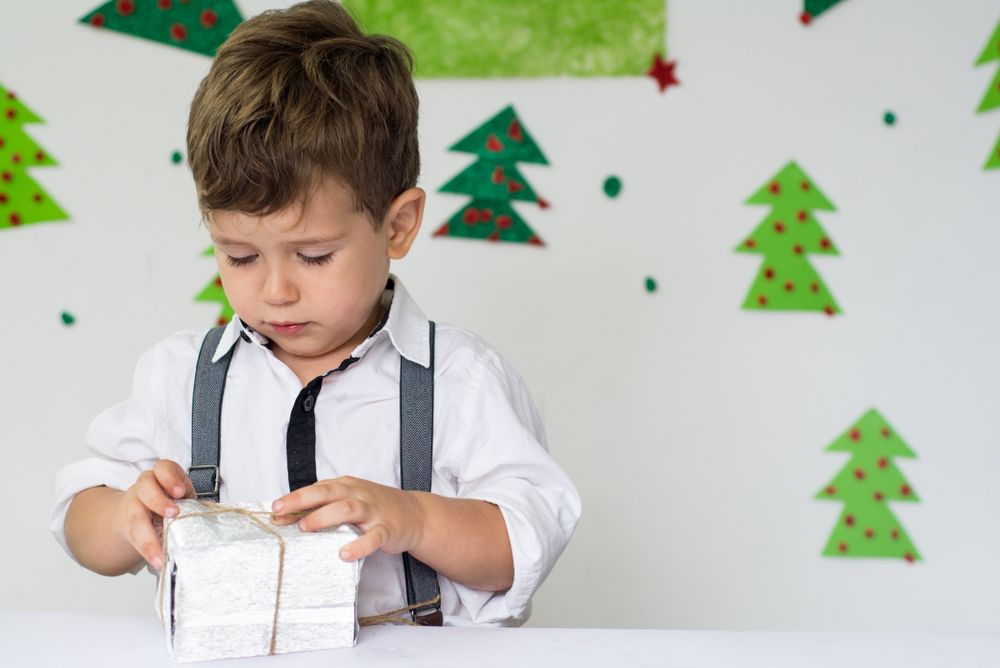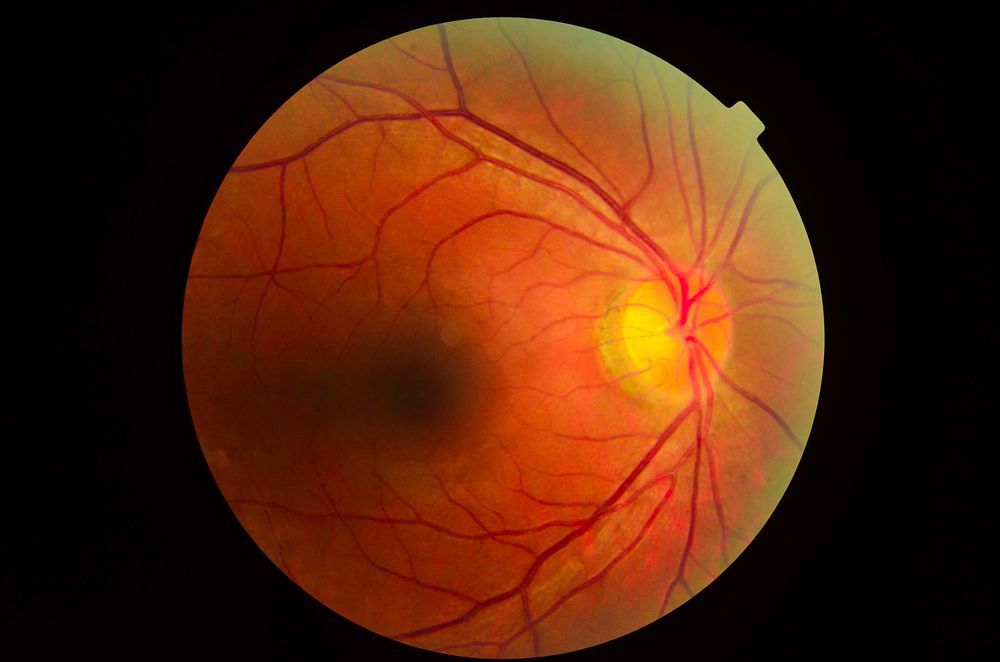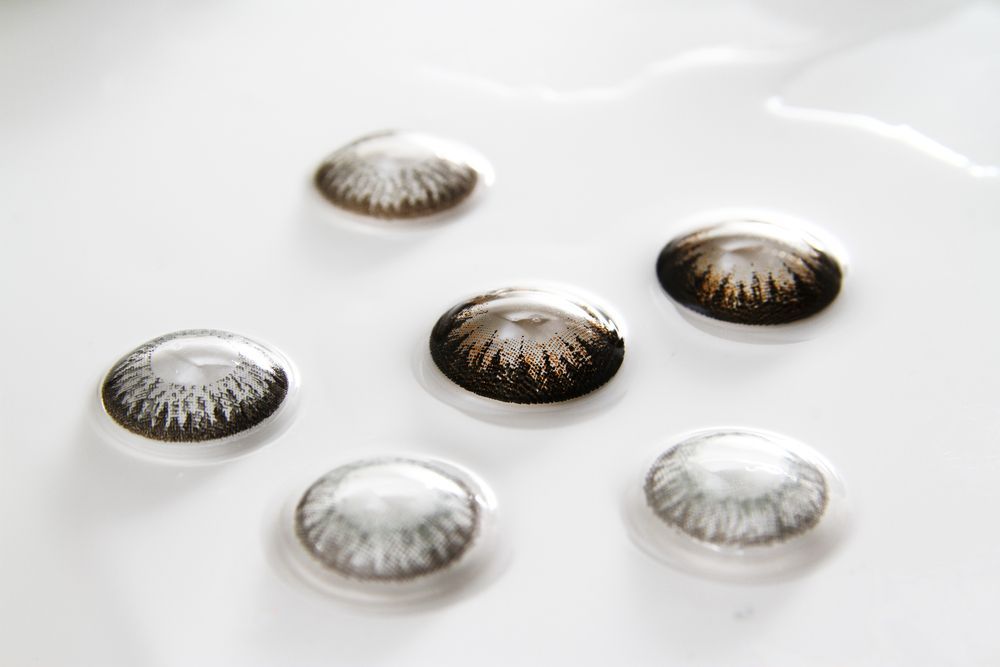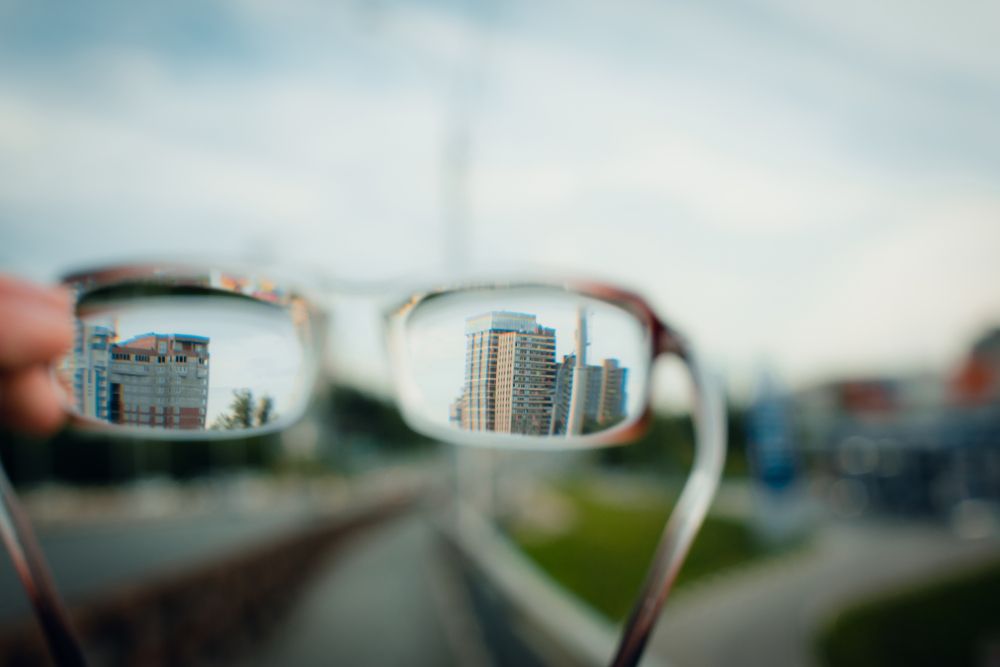When people think of vision loss, they often imagine complete blindness. However, millions of Americans live with vision impairment that falls between perfect sight and total blindness. This is known as low vision, a condition that cannot be fully corrected with glasses, contact lenses, or surgery.
February is Low Vision Awareness Month, a time dedicated to educating people about this often-overlooked condition. Whether you or a loved one is experiencing changes in vision, understanding low vision can help you take proactive steps toward maintaining independence and quality of life.
What Is Low Vision?
Low vision refers to significant visual impairment that interferes with daily activities, even when using prescription glasses or contact lenses. Unlike common refractive errors such as nearsightedness or farsightedness, low vision cannot be fully corrected with standard lenses.
People with low vision often have trouble with activities such as:
- reading small print
- recognizing faces from a distance
- driving safely at night
- navigating stairs or curbs
- performing hobbies or tasks that require sharp vision
Common Causes of Low Vision
Low vision is typically caused by eye diseases or conditions that damage the retina, optic nerve, or other structures of the eye. Some of the most common causes include:
- Macular degeneration, a leading cause of vision loss in older adults that affects central vision and makes it difficult to see details.
- Glaucoma, a condition that causes gradual loss of peripheral vision due to damage to the optic nerve.
- Diabetic retinopathy, which results from damage to the blood vessels in the retina due to diabetes, leading to blurred or patchy vision.
- Cataracts, a clouding of the eye’s lens that causes blurry or dim vision.
- Retinitis pigmentosa, a genetic condition that affects night vision and peripheral vision over time.
How Is Low Vision Diagnosed?
A comprehensive eye exam is the best way to assess vision and detect any signs of low vision. During an exam, one of our optometrists will evaluate visual acuity, assess peripheral and central vision, and examine the retina and optic nerve for signs of disease.
If signs of low vision are detected, the optometrist will discuss personalized solutions to help maximize remaining vision and maintain independence.
Living with Low Vision: Tools and Strategies
Although low vision is not always reversible, there are many ways to adapt and enhance daily life. Some helpful tools and strategies include:
- Magnifiers and high-contrast text. Handheld or electronic magnifiers can make reading easier. Large-print books and high-contrast settings on devices can also improve readability.
- Better lighting. Increased lighting, task lamps, and adjustable brightness settings on screens can reduce strain and improve visibility.
- Assistive technology. Apps, screen readers, and voice-activated assistants such as Alexa or Siri can help with reading and navigation.
- Specialized glasses. Some people benefit from telescopic or prismatic glasses that enhance certain aspects of vision.
- Low vision rehabilitation. Working with a low vision specialist can provide training on using adaptive devices and making lifestyle adjustments.
When to See an Optometrist
If you or a loved one is struggling with everyday activities due to vision changes, it is important to schedule an eye exam. Early intervention can help slow progression and improve quality of life.
We are committed to helping patients with all levels of vision get the support they need. If you have concerns about low vision or want to explore available resources, schedule an appointment today. We are here to help you see your best at every stage of life.











